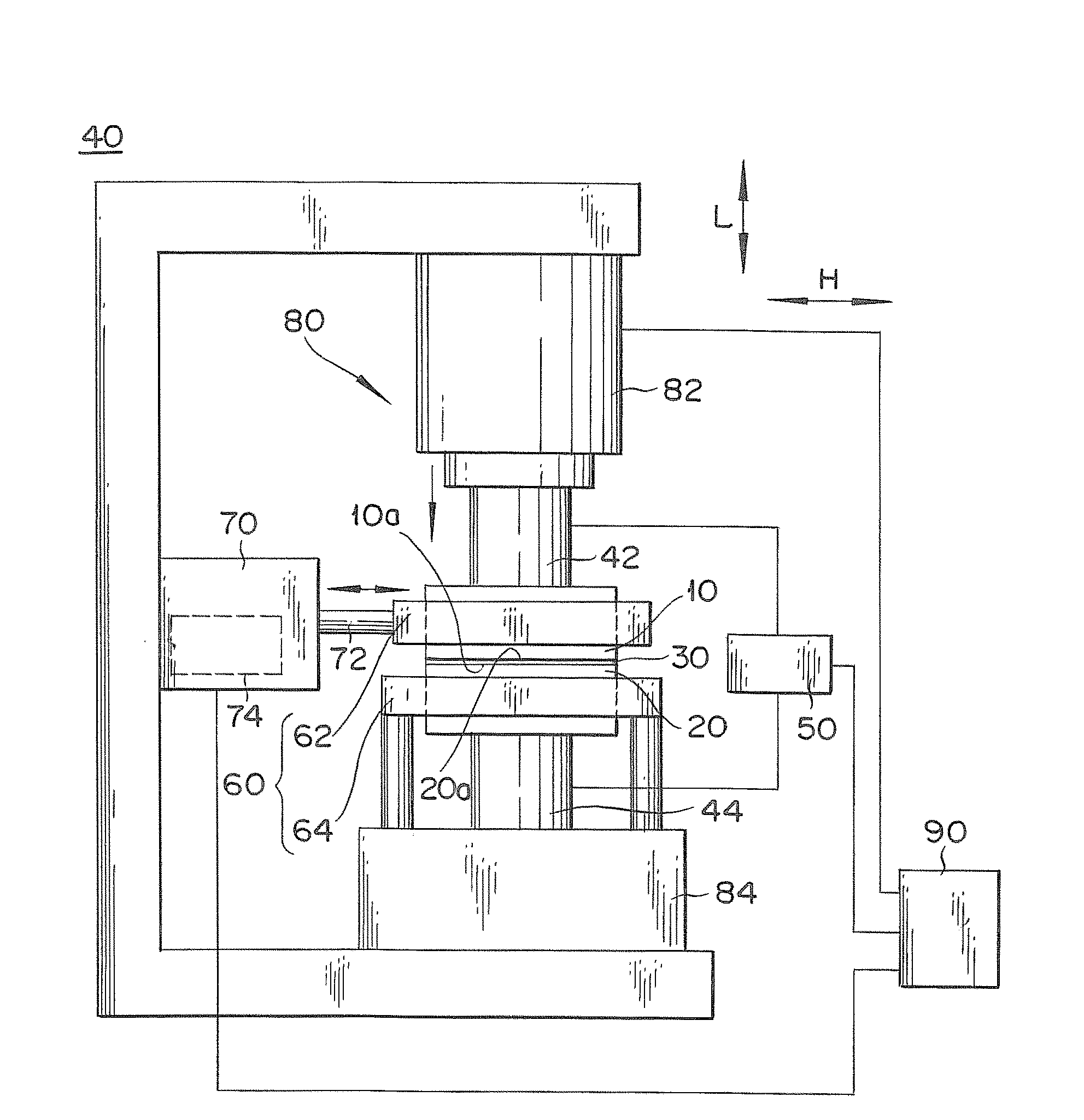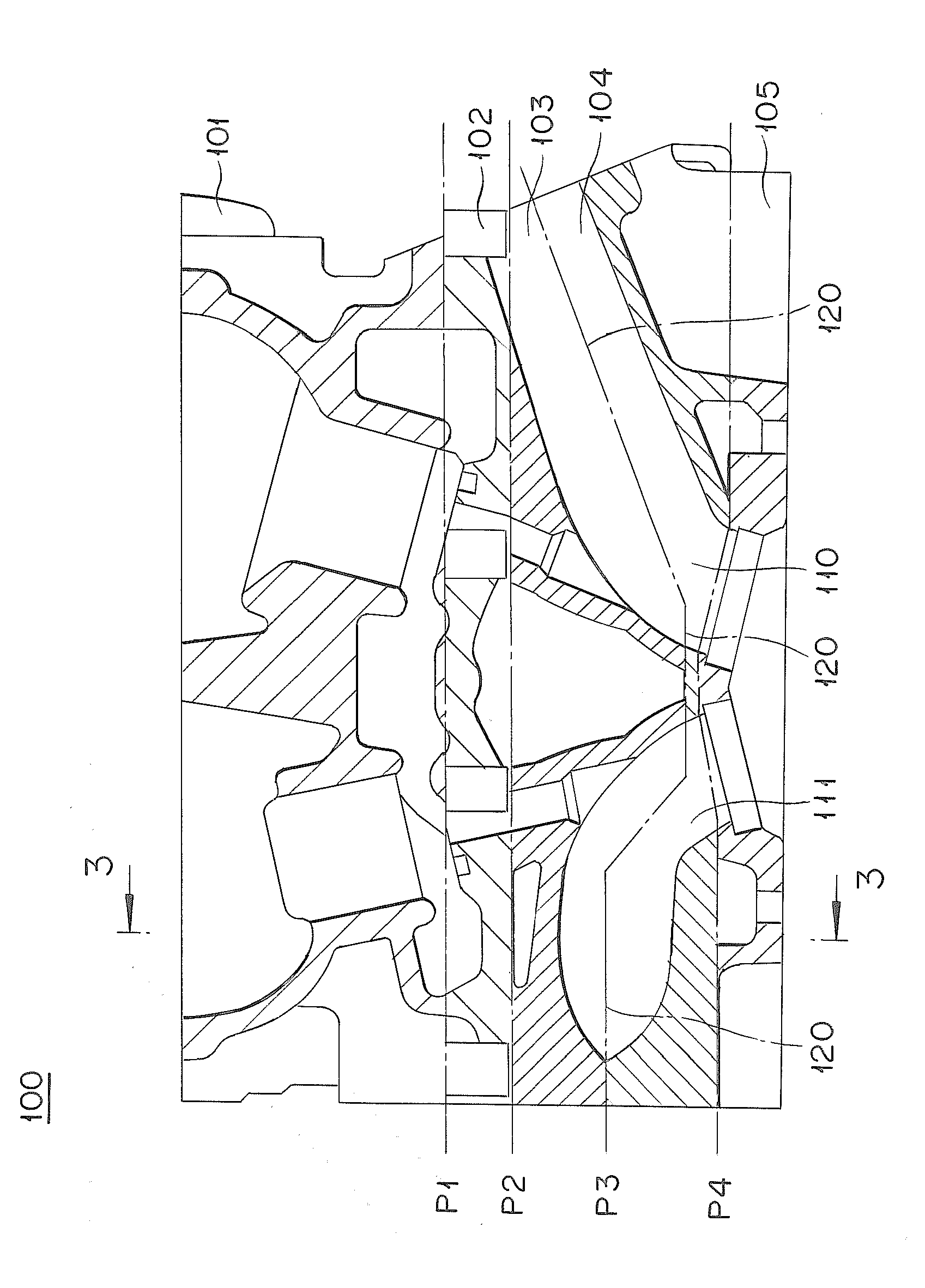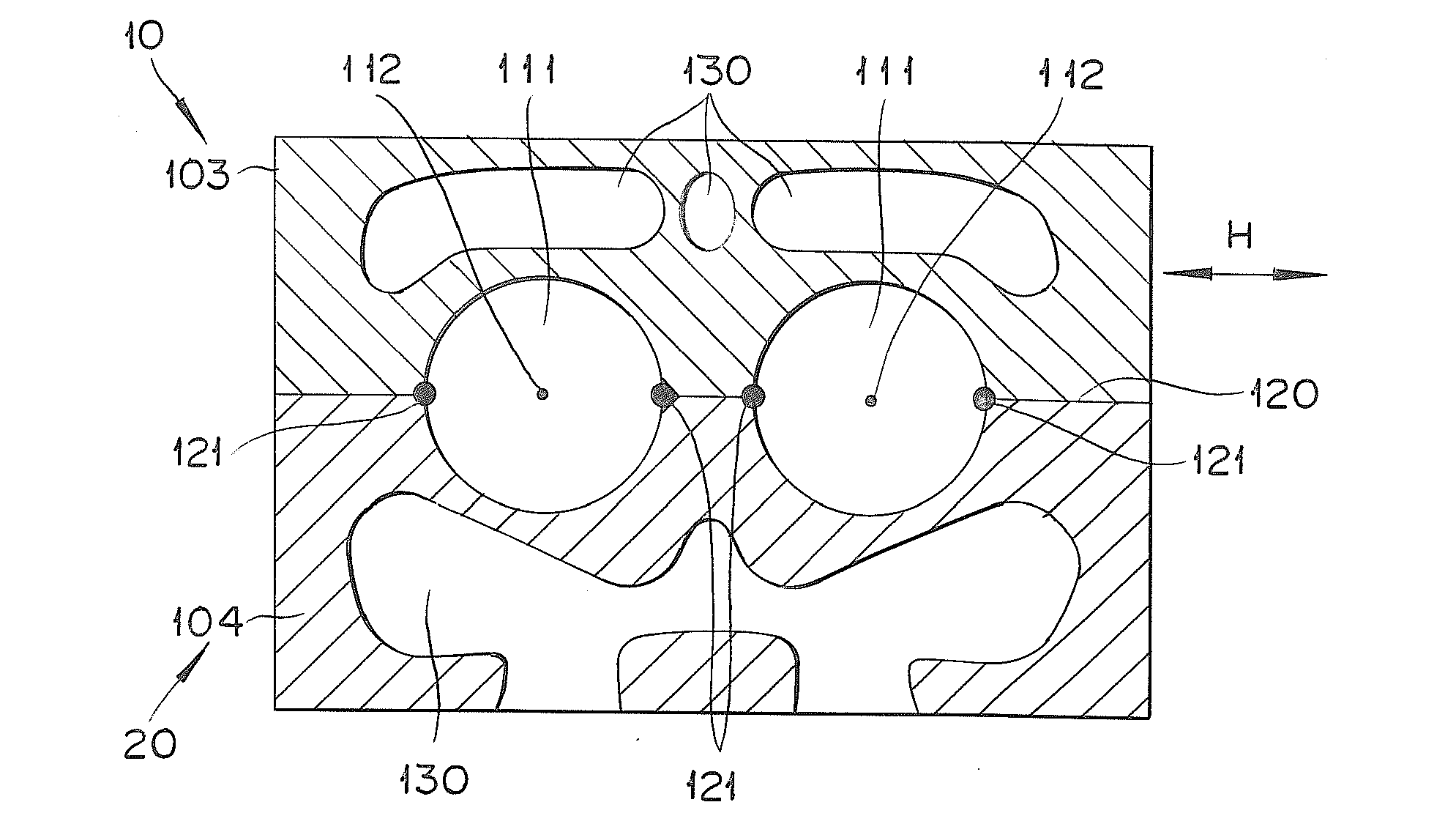Bonding method and members to be bonded
A technology for joining components and joining methods, which is applied in welding equipment, engine components, manufacturing tools, etc., and can solve problems such as difficulty in obtaining joint strength and uneven heating
- Summary
- Abstract
- Description
- Claims
- Application Information
AI Technical Summary
Problems solved by technology
Method used
Image
Examples
Embodiment approach 1
[0028] The joining device 40 according to Embodiment 1 is a joining device for joining a pair of conductive members 10 and 20 to be joined together. Roughly speaking, the bonding device 40 has a bonding member that makes a pair of the bonded members 10, 20 While sliding relative to each other, current flows from one of the member to be joined 10 and the member to be joined 20 to the other via the first electrode 42 and the second electrode 44 to carry out resistance heating, so that the joint surface 10a, the joint The faces 20a are bonded to each other. The joining part utilizing resistance heating and frictional heat (plastic flow) has: a pressing device 80 for pressing the joined member 10 and the joined member 20 against each other; a sliding device 70 for making the joined member 10 , the joined member 20 relatively slides; the current supply device 50, which is used to make the current flow from one of the joined member 10 and the joined member 20 to the other via the e...
Embodiment approach 2
[0077] The joining device 200 according to Embodiment 2 is used to simultaneously join together a workpiece W composed of three or more members to be joined, the three or more members to be joined being made of a conductive material, by using resistance heating and frictional heat. It includes a first electrode 202 , a second electrode 204 , a current supply device 210 , a holding device 220 , a sliding device (sliding member) 230 , a pressurizing device 240 , and a control device 250 .
[0078] The workpiece W is composed of a first joined member 260 located above, a second joined member 270 located below, and an intermediate member as a third joined member disposed between the first joined member 260 and the second joined member 270 . 280 structure, it is possible to easily form a structure in which members to be joined are joined in series. The intermediate member 280 has a first engaging surface 282 in contact with the first engaged member 260 and a second engaging surface...
PUM
| Property | Measurement | Unit |
|---|---|---|
| thickness | aaaaa | aaaaa |
Abstract
Description
Claims
Application Information
 Login to View More
Login to View More - R&D
- Intellectual Property
- Life Sciences
- Materials
- Tech Scout
- Unparalleled Data Quality
- Higher Quality Content
- 60% Fewer Hallucinations
Browse by: Latest US Patents, China's latest patents, Technical Efficacy Thesaurus, Application Domain, Technology Topic, Popular Technical Reports.
© 2025 PatSnap. All rights reserved.Legal|Privacy policy|Modern Slavery Act Transparency Statement|Sitemap|About US| Contact US: help@patsnap.com



